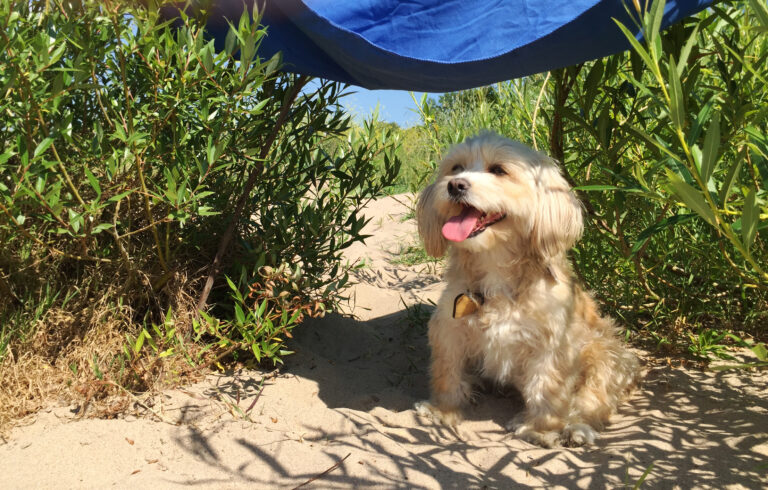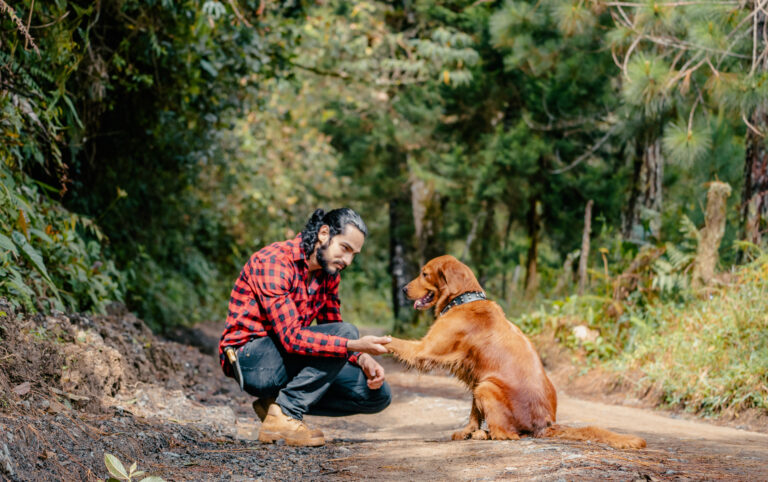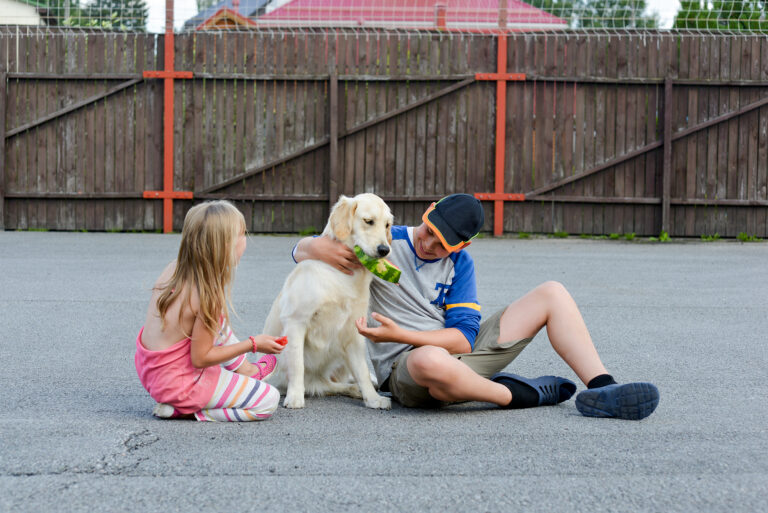Spring is finally in full bloom—and with it comes longer walks, fresh air, and all the sniffs and sights dogs love. But while April may feel like the perfect time to let your pup explore the outdoors, this season also introduces hidden hazards that dog owners should be aware of. From toxic plants to parasites and unpredictable weather, spring walks can pose risks if you’re not prepared.
To help keep your dog safe and healthy during April outings, here’s what to watch for—and how to stay one step ahead of potential springtime dangers.
Table of Contents
Toxic Spring Plants and Flowers
April marks the return of beautiful blooms, but not all flowers are safe for dogs. Tulips, daffodils, hyacinths, and lilies are among the most common spring plants that can be toxic if ingested. Dogs may dig into garden beds or chew on newly sprouting greenery, especially puppies or curious adult dogs.
Even small amounts can cause symptoms like drooling, vomiting, diarrhea, or worse. Tulip and daffodil bulbs are especially dangerous when dug up from the soil.
Safety Tip: Keep your dog leashed in gardens or flower-heavy areas, and discourage sniffing or digging in unfamiliar plant beds. Consider learning to identify the top toxic plants in your region or using plant ID apps during walks.
Fertilizers and Lawn Treatments
Many people begin lawn care routines in April using fertilizers, weed killers, and pesticides. These products can be harmful—even deadly—if your dog ingests them or walks through freshly treated areas and licks their paws afterward.
Granular and liquid products can cling to fur, paws, or noses and cause gastrointestinal distress or chemical burns.
Safety Tip: Avoid walking your dog on freshly treated lawns or areas with “keep off” signs. Always wipe down your dog’s paws after walks, especially if you’ve passed through areas with landscaping or sprayed grass.
Puddles and Standing Water
April showers may bring May flowers—but they also leave behind puddles and standing water, which can host harmful bacteria and parasites like Leptospira (causing leptospirosis) or Giardia.
Dogs that drink from or play in puddles may be exposed to these pathogens, which can lead to serious illness, including kidney or liver damage.
Safety Tip: Don’t let your dog drink from standing water, puddles, or muddy streams. Bring a portable water bowl and clean water on walks to keep them hydrated safely.
Fleas, Ticks, and Mosquitoes
As the weather warms, parasites like fleas, ticks, and mosquitoes begin to reappear. April is often the start of tick season in many regions, with these pests hiding in tall grasses, wooded areas, and even urban parks.
Ticks can transmit diseases such as Lyme disease or Ehrlichiosis, while mosquitoes can carry heartworm larvae, which infect dogs through bites.
Safety Tip: Ensure your dog is on a vet-approved flea, tick, and heartworm prevention regimen. After each walk, do a quick tick check—especially around the ears, neck, armpits, and between the toes.
Bee and Insect Stings
Warmer days mean more bees, wasps, and biting insects. Dogs who chase buzzing critters or sniff too closely around blooming plants might end up with a painful sting. While most stings are mild, some dogs can suffer allergic reactions, including swelling, hives, or even anaphylaxis.
Safety Tip: Keep an eye on your dog’s face, paws, and snout during walks. If your dog has had an allergic reaction before, talk to your vet about keeping an emergency antihistamine or treatment on hand.
Allergens in the Air
Spring doesn’t just affect humans with itchy eyes and sneezes. Dogs can develop environmental allergies to pollen, mold spores, or grasses. These allergies often show up as itchy skin, ear infections, red eyes, or excessive paw licking.
Safety Tip: Wipe your dog’s paws and coat with a damp cloth after outdoor time to remove allergens. If you notice signs of discomfort, speak with your vet about allergy treatments or testing.
Unpredictable Weather Conditions
April weather can change rapidly—from warm sunshine to chilly winds or sudden downpours. Dogs left wet and cold after spring storms may experience hypothermia, especially small breeds or those with short coats.
Safety Tip: Check the forecast before heading out. Bring a lightweight raincoat or towel on longer walks, and avoid long exposures to wet or windy conditions.
In Conclusion

April may be a breath of fresh air after the long winter, but it’s not without its risks for dogs. From blooming plants and parasites to puddles and pesticides, spring’s beauty often hides dangers that could impact your pet’s health.
By staying alert, preparing ahead, and maintaining good post-walk hygiene, you can make springtime strolls safe and enjoyable for your furry friend. After all, there’s no better time to embrace the outdoors—just make sure your dog can enjoy it without the itch, sting, or sneeze.







